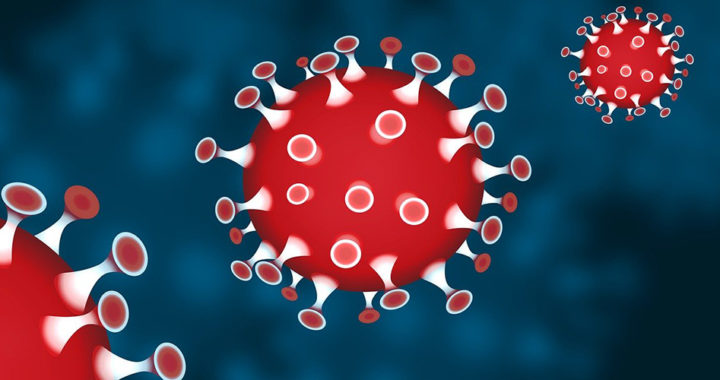The SARS-CoV-2 virus, previously known by the provisional name nCoV-2019 and the particular coronavirus responsible for COVID-19, has the potential to survive outside of a host and in the environment for several days, thereby making it virulent and a potentially disease-causing contaminant.
Remember that the primary mode of transmission of the virus is through tiny droplets released from the nose and mouth of an infected person as he or she coughs. A single cough produces around 3000 droplets. These can be inhaled by a nearby less than a meter away or they can land on clothing and other surfaces around them
Surface and Aerosol Survivability of SARS-CoV-2
Numerous studies have been conducted to determine how long the new coronavirus can survive in the environment and under different settings. For starters, researchers at the National Institutes of Health, Princeton University, and the University of California, Los Angeles identified different surface survivability of SARA-CoV-2.
On cardboard, it can survive for up to 24 hours, and up to two to three days on plastics and stainless steel. Note that it has a low survivability duration of up to 3 hours on copper. Nevertheless, these findings suggest that people may acquire the virus and the corresponding COVD-19 after touching these contaminated surfaces.
Another striking finding is that SARS-CoV-2 can remain active in aerosols for up to 3 hours, thus suggesting the possibility of an airborne transmission. It is also worth mentioning that this stability profile is in line with the survivability of SARA-CoV-1, the virus responsible for the 2002-2003 SARS Outbreak.
Limitations of the Findings and Additional Notes
Of course, the researchers noted that the study was done inside a laboratory and as such, it might not accurately mimic real-world situation. For example, airborne stability was determined by using a nebulizer to simulate a person coughing or sneezing. Critics have questioned the accuracy of using a nebulizer in mimicking a human cough and sternutation.
Take note that coughing and sneezing produce droplets, which are larger and heavier than finer aerosols. Droplets are more likely to fall down than remain suspended in the air. There is also little evidence that humans infected with this virus, the influenza, or even those the cause the common colds produce a significant amount of aerosols.
Nevertheless, the World Health Organization and other health authorities have reminded that aside from washing hands with soap, it is important to disinfect surfaces on a daily basis. SARS-CoV-2 loses infectivity after exposure to commonly used disinfectants and fixatives such as alcohol, chlorine-based solution, and consumer-grade spray-ons.
FURTHER READING AND REFERENCE
- Van Doremalen, N., Bushmaker, T., Morris, D. H., Holbrook, M. G., Gamble, A., Williamson, B. N., Tamin, A., Harcourt, J. L., Thornburg, N. J., Gerber, S. I., Lloyd-Smith, J. O., de Wit, E., & Munster, V. J. 2020. “Aerosol and Surface Stability of SARS-CoV-2 as Compared with SARS-CoV-1.” New England Journal of Medicine. DOI: 1056/nejmc2004973






